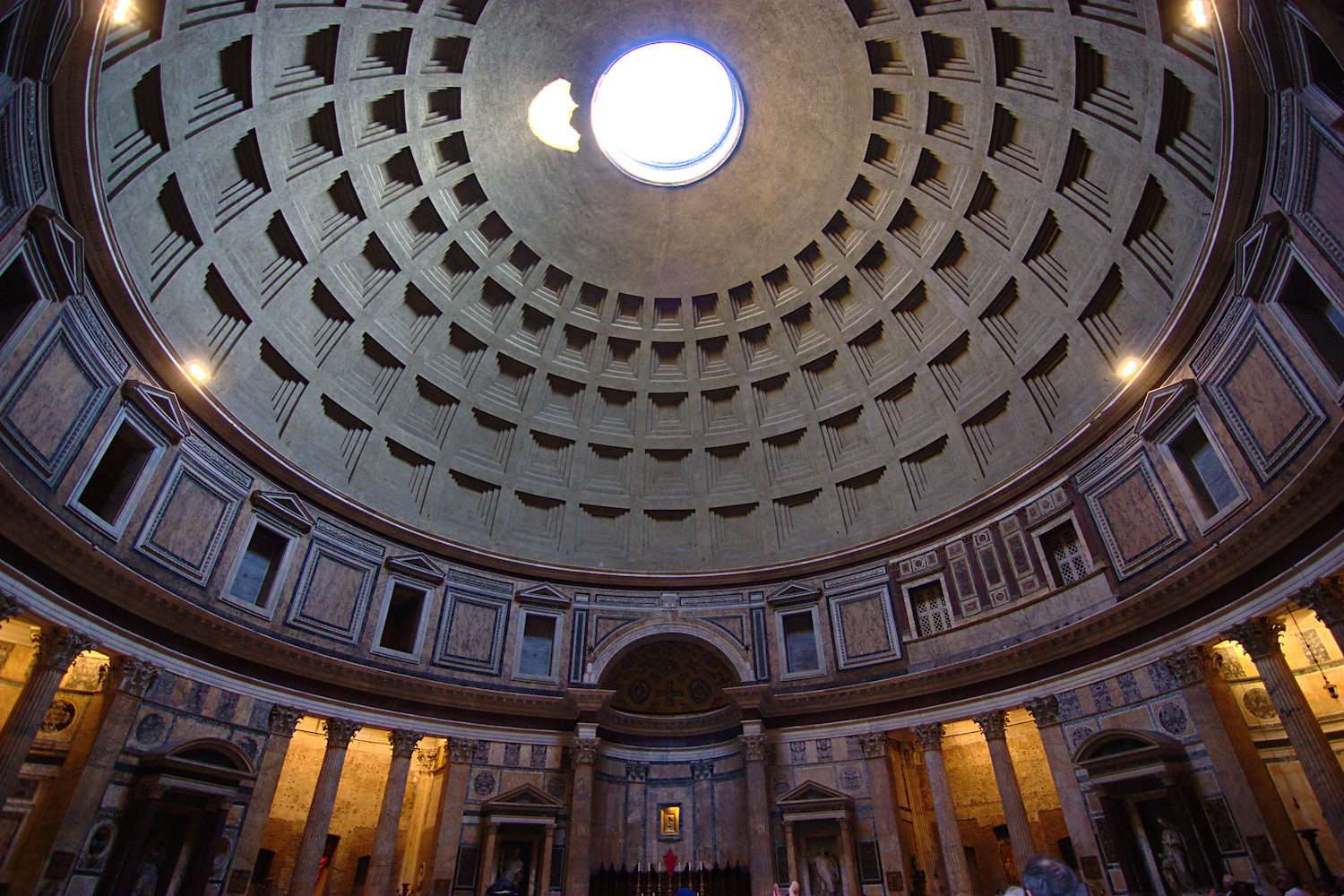
It's an exhilarating experience to enter this iconic Roman building and look up at the largest unreinforced concrete dome ever built.
The Vatican's showcase basilica is free, though you'll probably have to queue to get in. Once inside, look out for Michelangelo's Pietà statue and Bernini's baldachin (altar canopy).
And enjoy the daily circus of street performers, artists and tourists acted out against a backdrop of baroque palazzi and ornate fountains.
These grand stairs have long been a popular hangout – in the 1800s local beauties would parade up and down hoping to be picked as artists' models.
Just keep your hands well out of the way. Myth holds that the mouth of the huge ancient face will slam shut on the fingers of anyone who fibs.
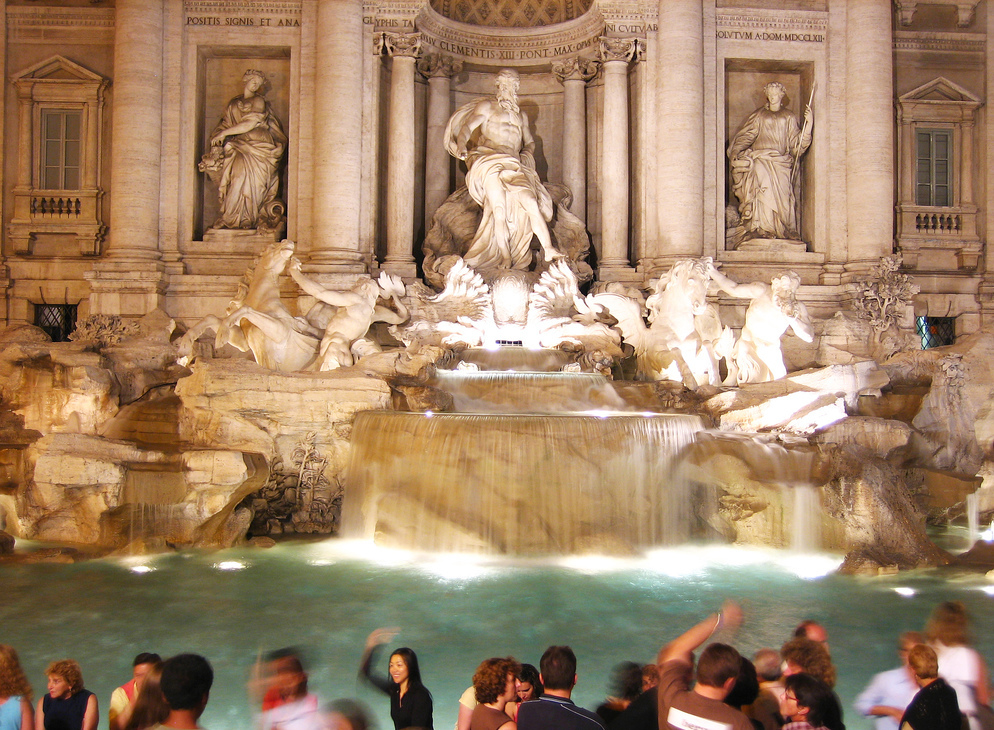
According to legend, this will ensure your return to Rome. You and thousands of other people – on an average day about €3000 is chucked over people's shoulders into the water.
Rome's most famous park is an oasis of shaded walkways, verdant corners and excellent museums.
Few views can top those from this massive marble monolith. You have to pay to take the lift to the top (€7) but there are plenty of free viewing spots.
This atmospheric area is studded with artisans' studios, vintage clothes shops, kosher bakeries and popular trattorias.
Antiquity's most famous road sets the perfect scene for a leisurely amble with its pine trees, Roman ruins and eerie catacombs.
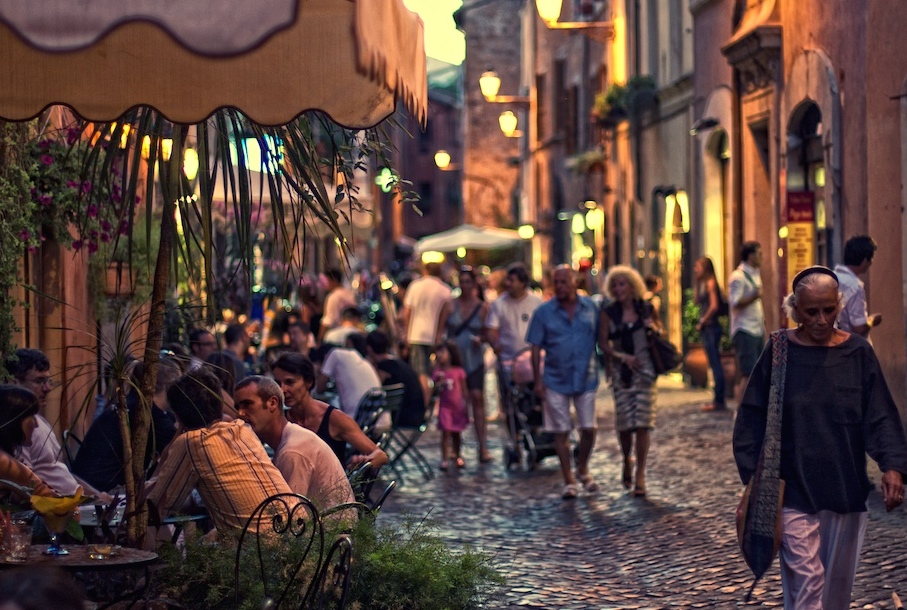
This vibrant district buzzes well into the night as locals and tourists hang out on its picturesque lanes and piazzas.
New Rome Free Tour (newromefreetour.com) runs a daily walking tour of the historic centre.
The last resting place of Keats and Shelley, Rome's non-Catholic Cemetery is a serene spot to recharge your batteries.
Rome's Nazi occupation is recounted at this chilling museum housed in what were once the city's SS headquarters.
The sparkling Byzantine compositions in this easy-to-miss church are among Rome's most impressive.
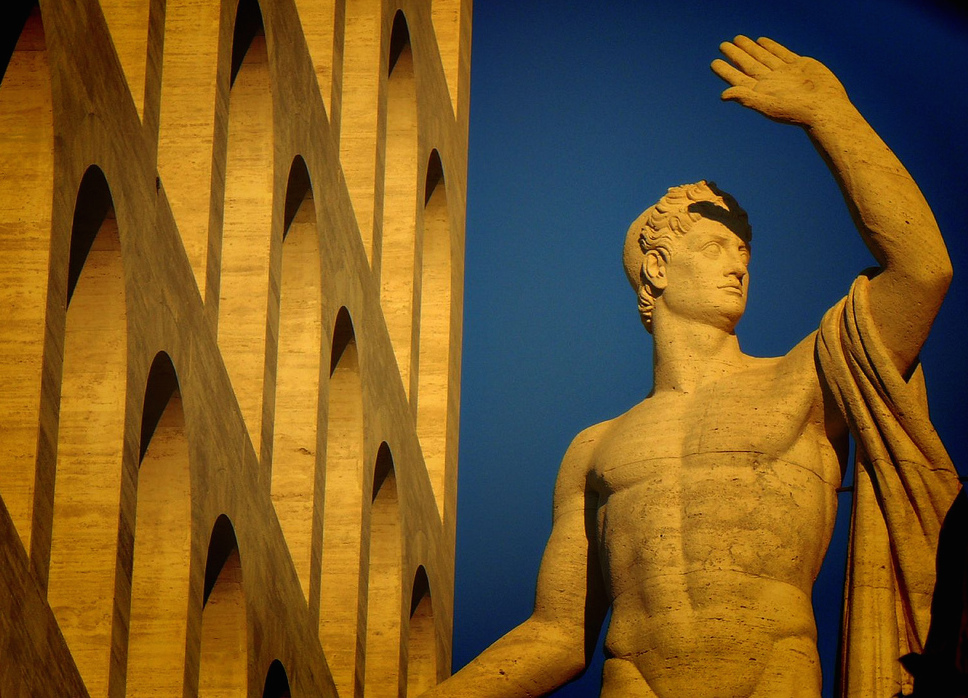
A highlight of the southern district is the Palazzo della Civiltà del Lavoro, a masterpiece of Italian rationalism known as the Square Colosseum.
This roadside church is the unlikely setting for one of Italian baroque's great masterpieces, Bernini's Ecstasy of St Teresa.
Bramante's Tempietto (little temple) is considered the first great building of the High Renaissance.
Discover the picture-perfect medieval courtyard hiding behind the dark Vinegar-Makers' Arch (Via del Pellegrino 19).
Michelangelo's muscular Moses is the star turn at this 5th-century church. Also here are the chains that St Peter supposedly wore in captivity.
And you'll see St Peter's dome perfectly framed at the end of a hedge-lined avenue.
Head to Via del Corso and join the locals on their early-evening passeggiata (stroll).
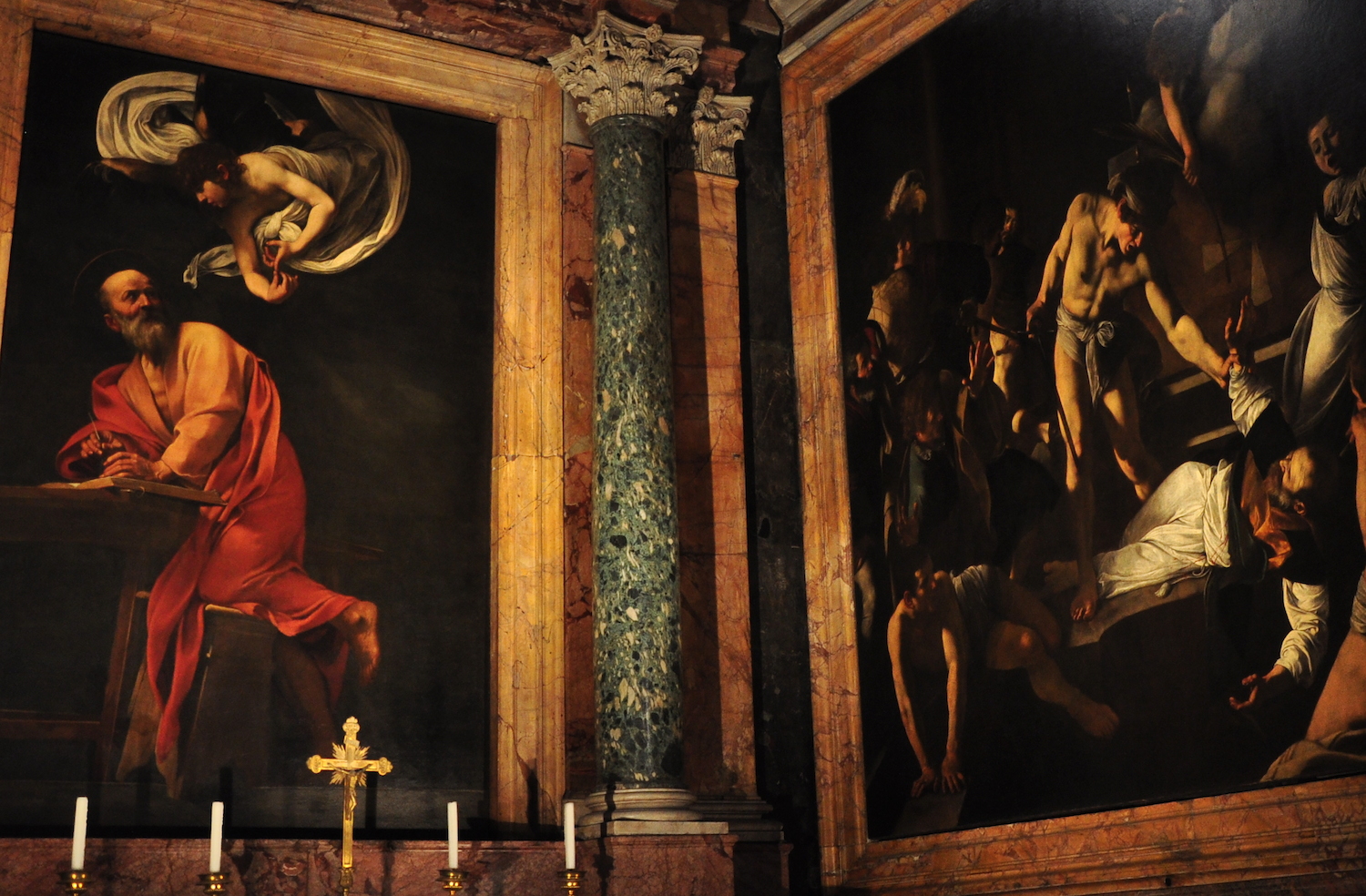
Better still, catch three. This baroque church is home to the St Matthew cycle, a trio of the artist's earliest religious paintings.
By day, poke around the much-loved market; at night, grab a drink and see in the small hours with hundreds of like-minded revellers.
With its turreted villas, fairytale towers, gargoyles and arches, this Art Nouveau neighbourhood stands in contrast to Rome's more serious sights.
There's always something going on on this grand neoclassical square. Nearby, the art-rich Chiesa di Santa del Popolo is well worth a look.
A dead ringer for the Colosseum, this ancient stadium looms over the Area Archeologica del Teatro di Marcello e del Portico d'Ottavia.
Modern investigators have identified the spot where Julius Caesar was murdered. It was in the Area Sacra on Largo di Torre Argentina.
Rome's big summer event stages everything from concerts and dance performances to book fairs and late-night museum openings. Some are free.
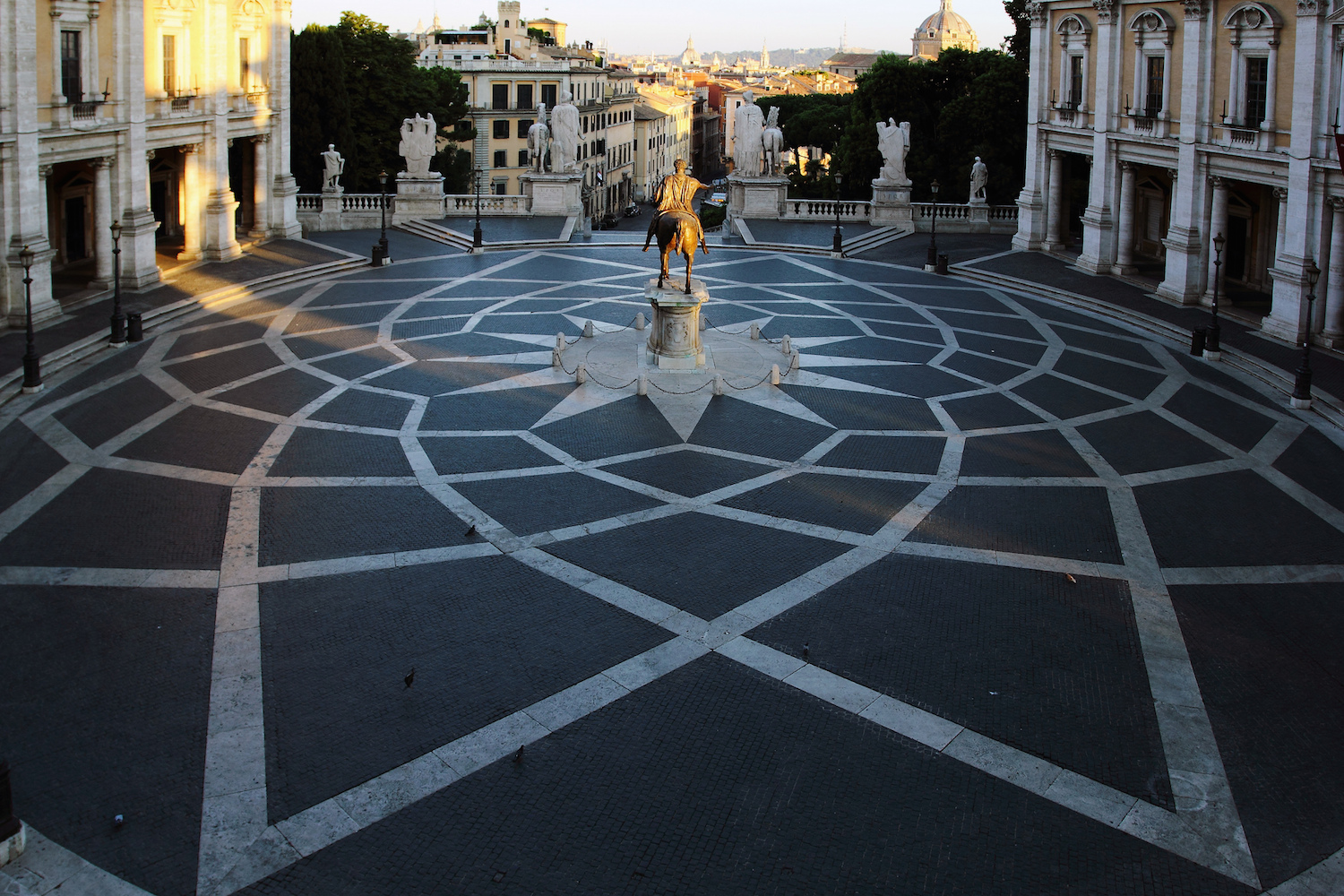
On the Capitoline Hill, Michelangelo's exquisitely designed piazza is one of Rome's most beautiful public spaces.
This ancient landmark towers over the Imperial Forums. If you can make them out, the reliefs depict Trajan's military campaigns.
This sparky neighbourhood presents a colourful front with its community gardens, faux baroque palazzi and red housing blocks.
Where once crowds cheered chariot racers in Rome's largest arena, now locals come to stretch their legs.
34. Colosseum, Palatino, and Roman Forum; first Sunday of the month.
35. Vatican Museums; last Sunday of the month.
36. All state museums; first Sunday of the month.
37. Pope's weekly audience; every Wednesday morning.
38. Porta Portese market; every Sunday morning.
39. Palazzo di Montecitorio; first Sunday of the month.
40. May Day Concert; May 1